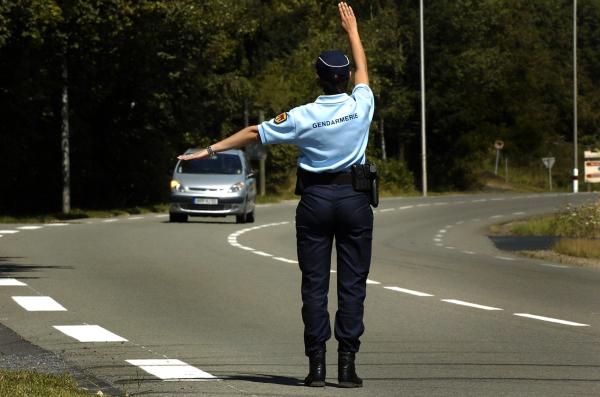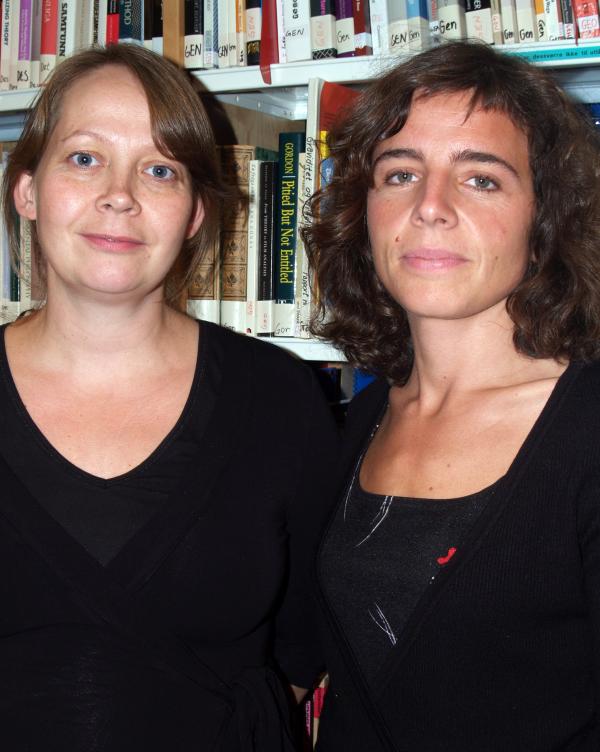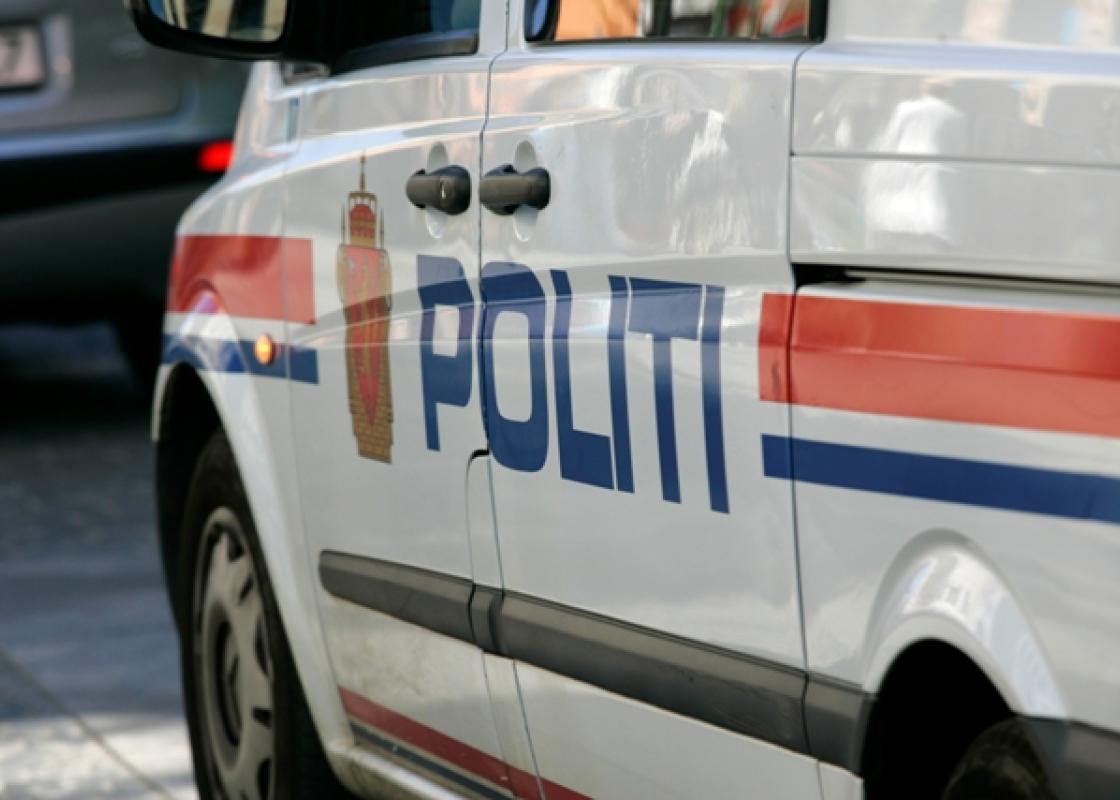
For one year eleven Nordic researchers have gathered knowledge on legislation, social measures and attitudes towards prostitution and human trafficking in the Nordic region. At the closing conference in Stockholm the researchers concluded that prostitution in these countries to an increasing extent is considered a disturbance of the peace. Furthermore they described how human trafficking has had a major impact on the shaping of prostitution policy.
These findings are visible for instance in an analysis made by sociologist Synnøve Jahnsen, of the Norwegian media debate on the criminalization of sex clients in 2006 and 2007.
– Jahnsen shows how only parts of the prostitution market were subject to debate. Although the purchasing of sex in general will be banned the discussion only dealt with foreign prostitution and human trafficking, not prostitution in itself, says May-Len Skilbrei at the research foundation Fafo.
Together with Charlotta Holmström at Malmö University she has headed the Nordic research project.
In support of the law
Sweden was the first Nordic country to criminalize sex clients in 1999, and the other countries have shown great interest in Sweden’s experiences with the new law.
– The Swedish researchers have chosen to look at the consequences of the ban, and their results have been much awaited. Amongst other things, they have conducted an extensive survey of people’s attitudes towards the law, says Skilbrei.

The results show that most people support the law. 71 percent say that they want to keep the ban. But the same survey also reveals that the Swedish population has limited faith in the effectiveness of the law when it comes to reducing prostitution. Only one fifth of those polled believe that the number of sex clients has gone down.
– It is interesting to see that people support the law even though they don’t believe it is very effective. This shows that the ban has other consequences than merely the practical ones. Some Swedes probably feel that the law reflects positively on the Swedish society although they doubt its impact in the short run, says Skilbrei.
Ambivalence
Even though the authorities in the Nordic countries want to establish a prostitution policy they are also ambivalent to the matter and approach the problem in different ways simultaneously.
For instance, the researchers point to how the countries shape their laws on human trafficking and their measures to help the victims. At the same time, several of the countries see foreign prostitutes as a disturbance of the peace and want to stop them from entering the country.
– Sweden, Finland and Denmark allow selling sex, but women who want to enter the country to sell sex are still stopped at the border. This is despite of the fact that Swedish law considers prostitutes as victims, says Skilbrei.

Norway too sometimes stops suspected prostitutes from entering the country although Norwegian immigration law doesn’t say anything about this.
– The prostitution debate in Oslo showed that foreign prostitutes are considered a problem here as well. Many people wanted to get rid of street-based prostitution on Karl Johan because it is bad for the city’s reputation. Again, it was not the prostitutes and their well-being that was the focus of the debate.
Extent
When the debate on criminalization caught speed in Norway in 2006 the newspapers were filled with stories of how prostitution was on the rise and out of control. But had the number of prostitutes really gone up? And how many of the prostitutes on Karl Johan were victims of human trafficking? How do you calculate the extent of prostitution and human trafficking of prostitutes? This has been one of the subjects of the research project.
– There are many different ways to calculate this. The general picture is that the numbers vary greatly and that it is difficult to estimate the exact number of prostitutes and how many of them that are victims of human trafficking, Skilbrei states.
She adds that while the authorities previously presented statistics of the number of victims of human trafficking, this is less common today because they have realized that the figures are difficult to establish. Estimating the number of prostitutes is now done by centres that provide social services for prostitutes. At the same time the social services themselves get little attention, a fact that Skilbrei sees as a paradox.

The researchers also stress that because much of the existing knowledge of prostitution stems from the social service centres we know less of those parts of the prostitution market that don’t make use of these centres; for instance, male prostitutes and young people who sell sex on the Internet.
Politics and research
The joint Nordic research project was initiated by the Ministers of Gender Equality in the Nordic countries, but the researchers don’t make any clear political recommendations.
– Politicians often want recommendations from researchers and research on prostitution is particularly linked to the shaping of policy, says Skilbrei. – But a country’s prostitution policy isn’t just a question of knowledge; it must be based on a normative assessment. This assessment must be made by the politicians.
– Researchers can predict probable outcomes of different policies but it is not up to us to shape policy.
The project Prostitution in the Nordic region was initiated by the Nordic Council of Ministers and carried out by the Nordic Gender Institute (NIKK).
The project leaders were May-Len Skilbrei (Norway) and Charlotta Holmström (Sweden).
The results from the project were presented at a Nordic conference on October 16 and 17 2008 in Stockholm.
One of the main goals of the project has been to produce new knowledge of prostitution and human trafficking in the Nordic region. Eleven researchers from all the Nordic countries have participated in the project.
There are great differences in how the Nordic countries regulate prostitution. While Sweden has made it illegal to purchase sex and Norway is aiming for a similar law, Iceland lifted its ban on prostitution in 2007. In Finland it is illegal to purchase sex from victims of trafficking while Denmark has been more reluctant to discuss regulations regarding prostitution.
